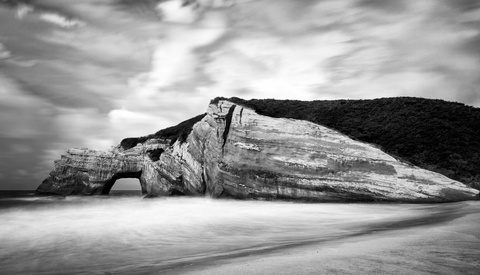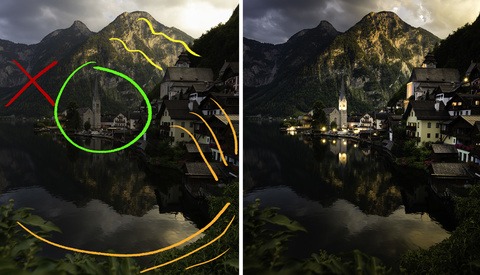Learn Six Soft Light Setups for Portraiture and Beauty
Artificial lighting is one of the best tools a photographer can learn to implement in his work. It’s not something we have to use and rely on all the time, but knowing it’s there and not being afraid of it is always best. When working in a studio for portrait and beauty photography, it can become a necessity depending on the natural light you have and the looks you shoot. In this short behind the scenes, Rossella Vanon shows how she created six different lighting setups that keep a consistent feeling. Take this opportunity to learn new lighting setups and understand her thought process when building a set.





























